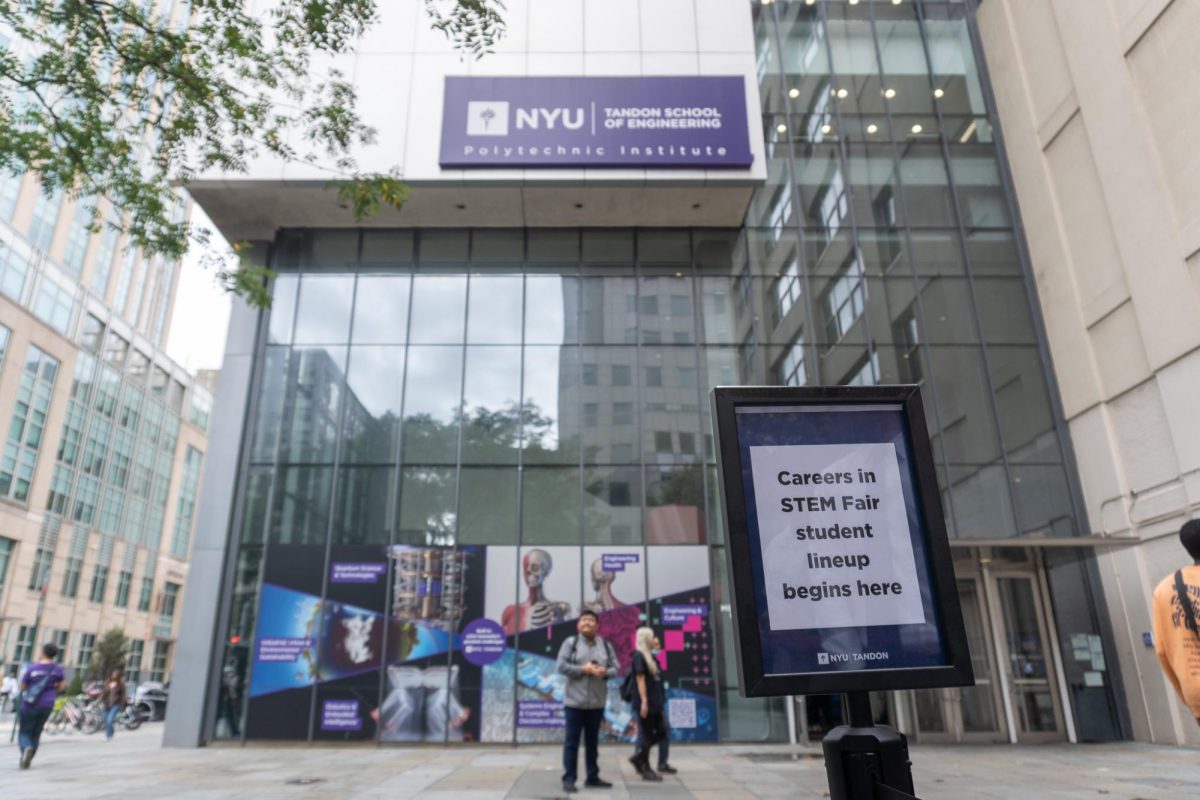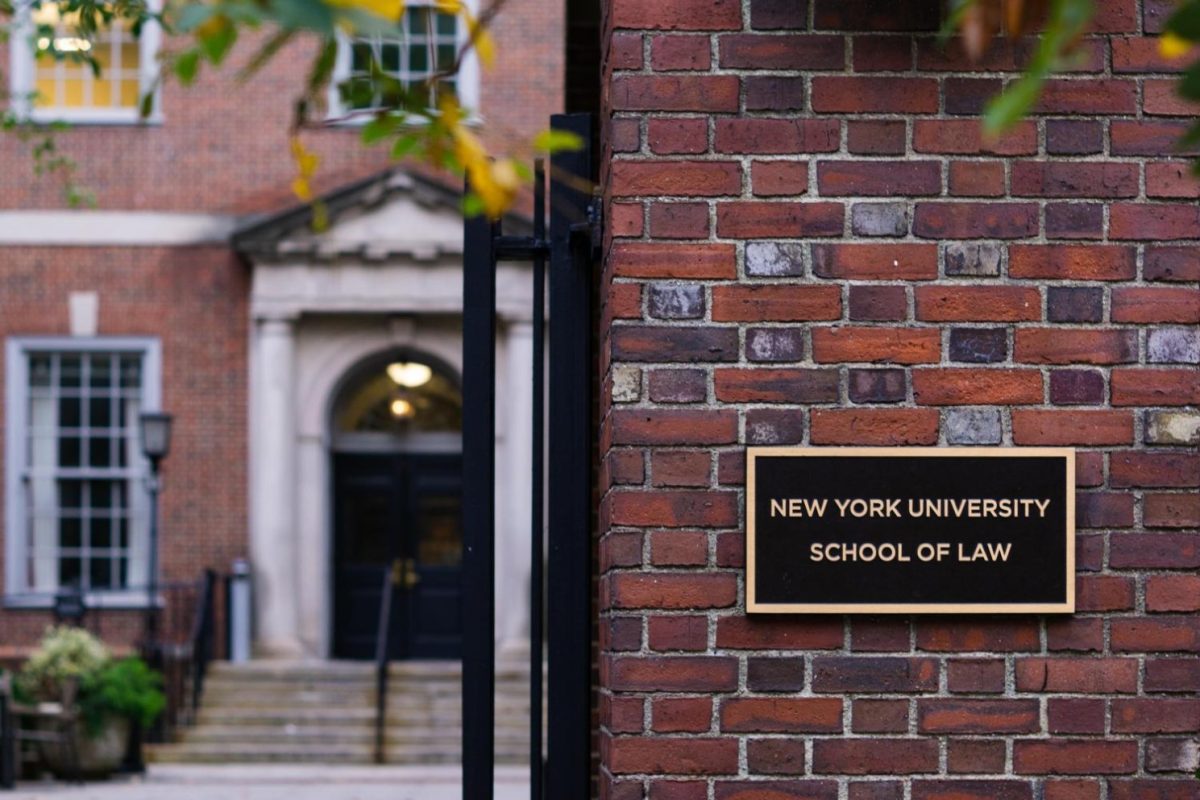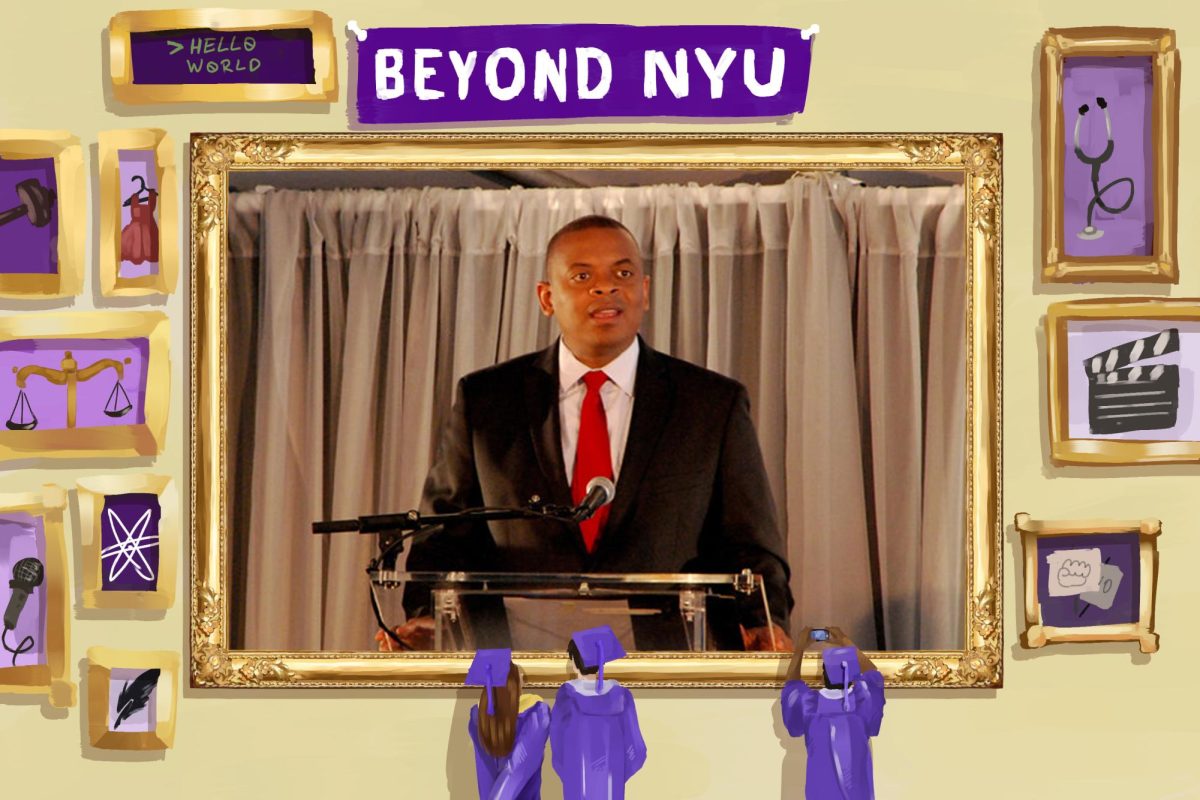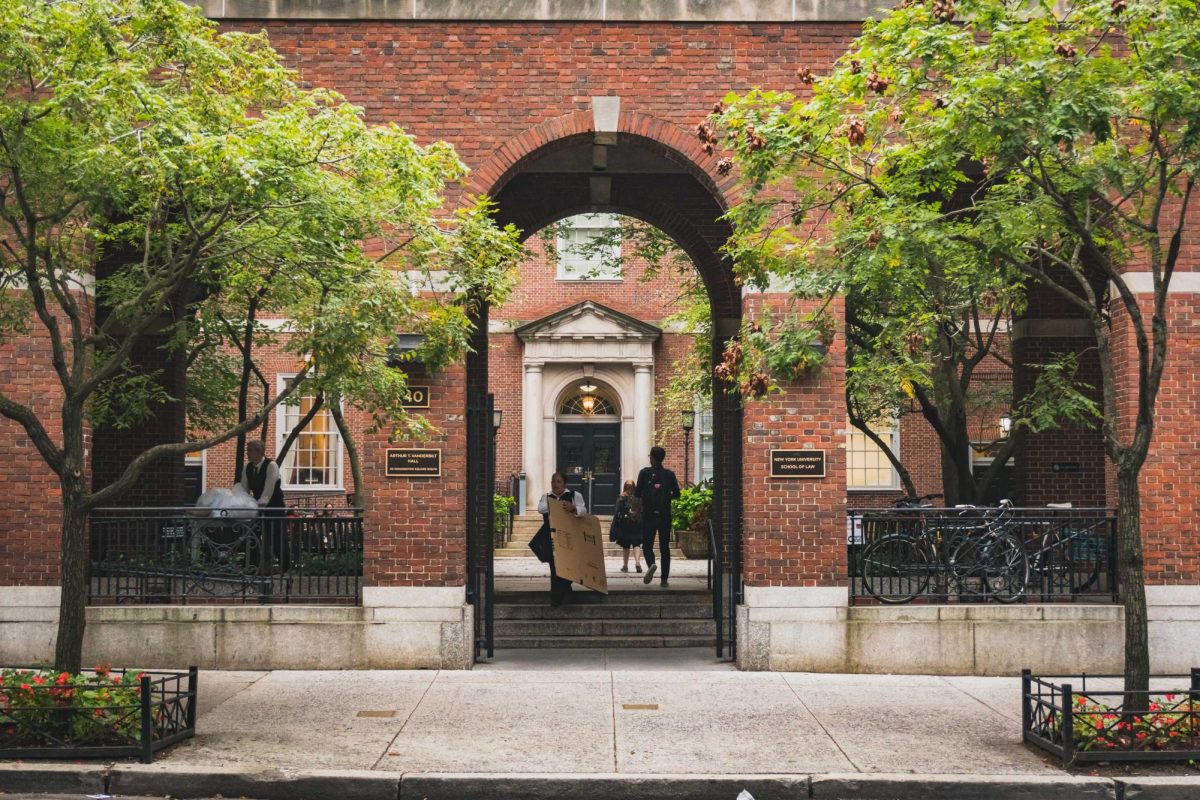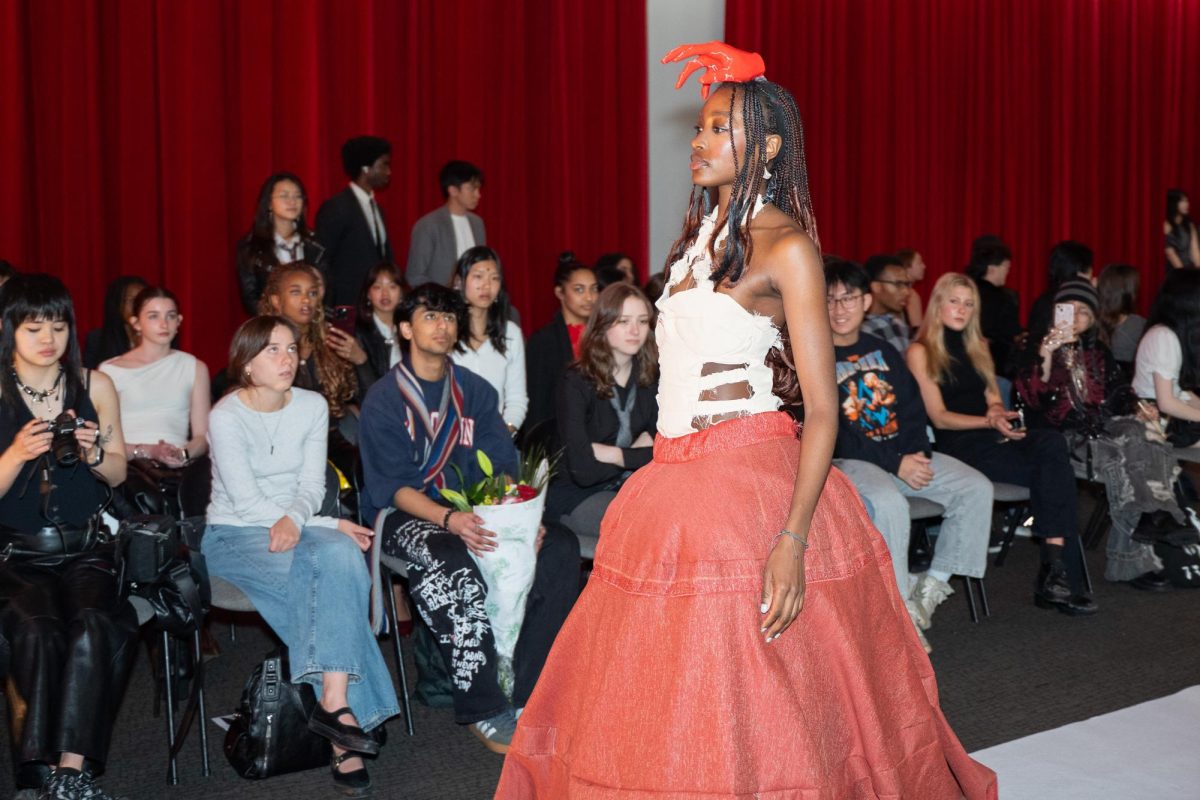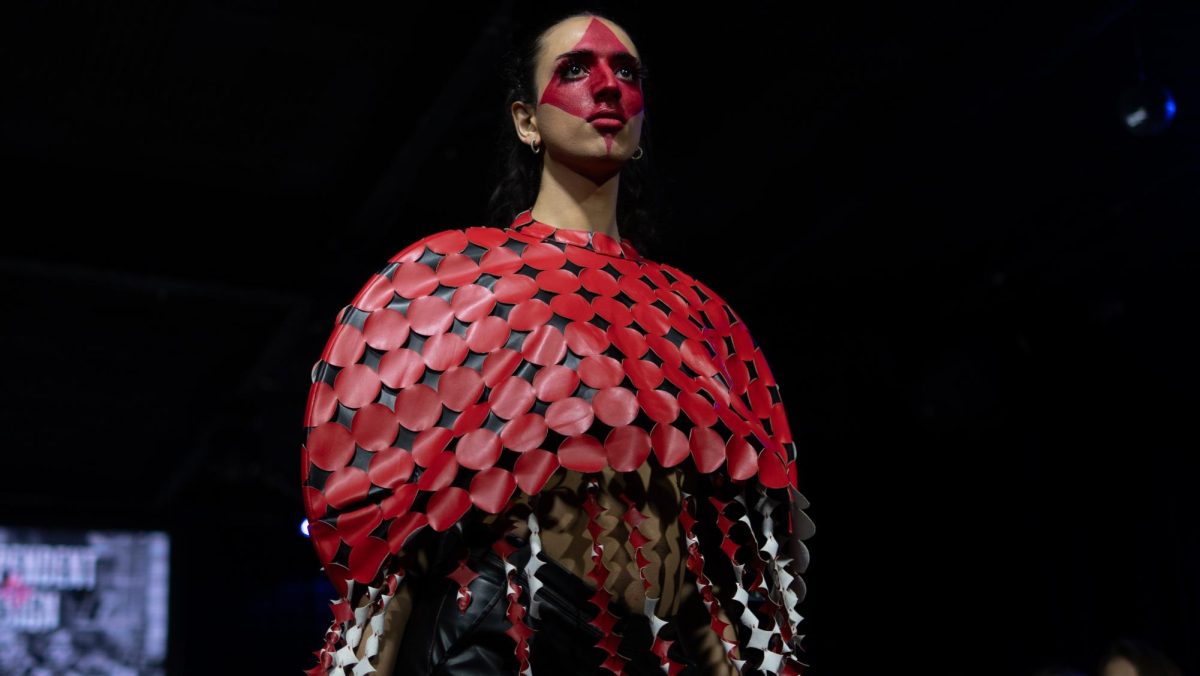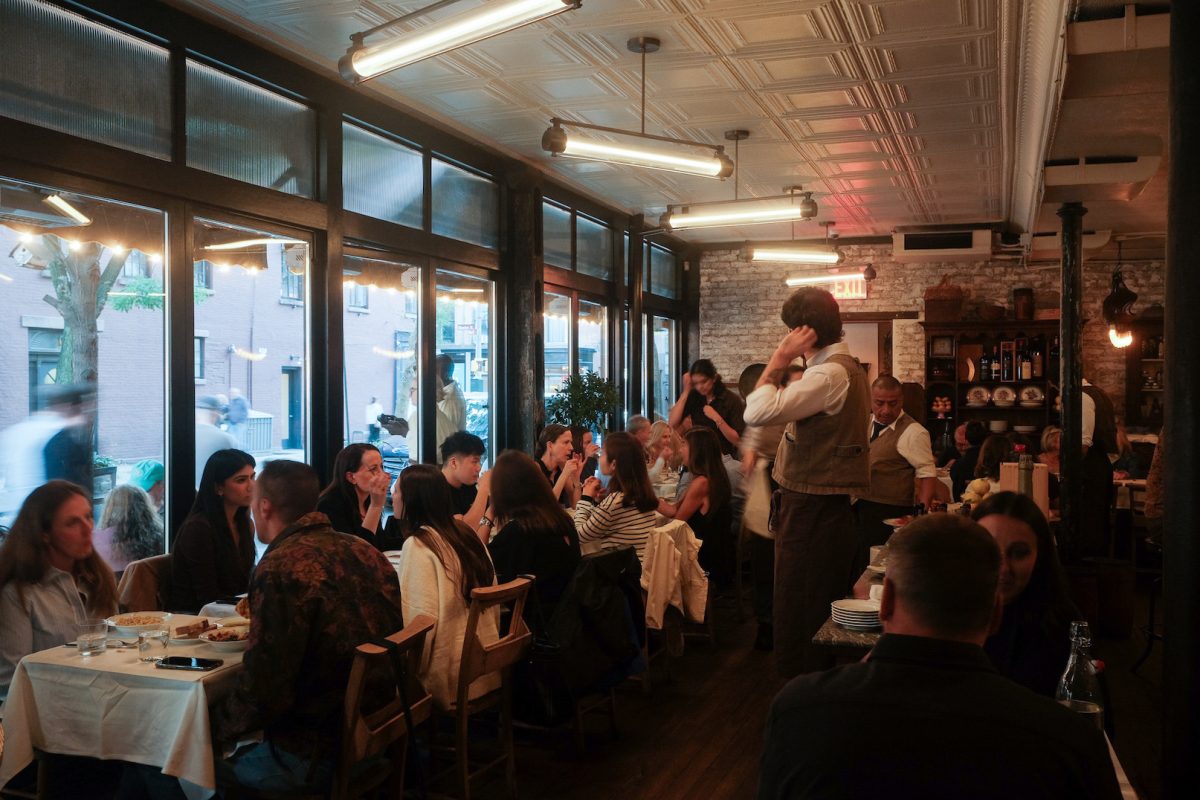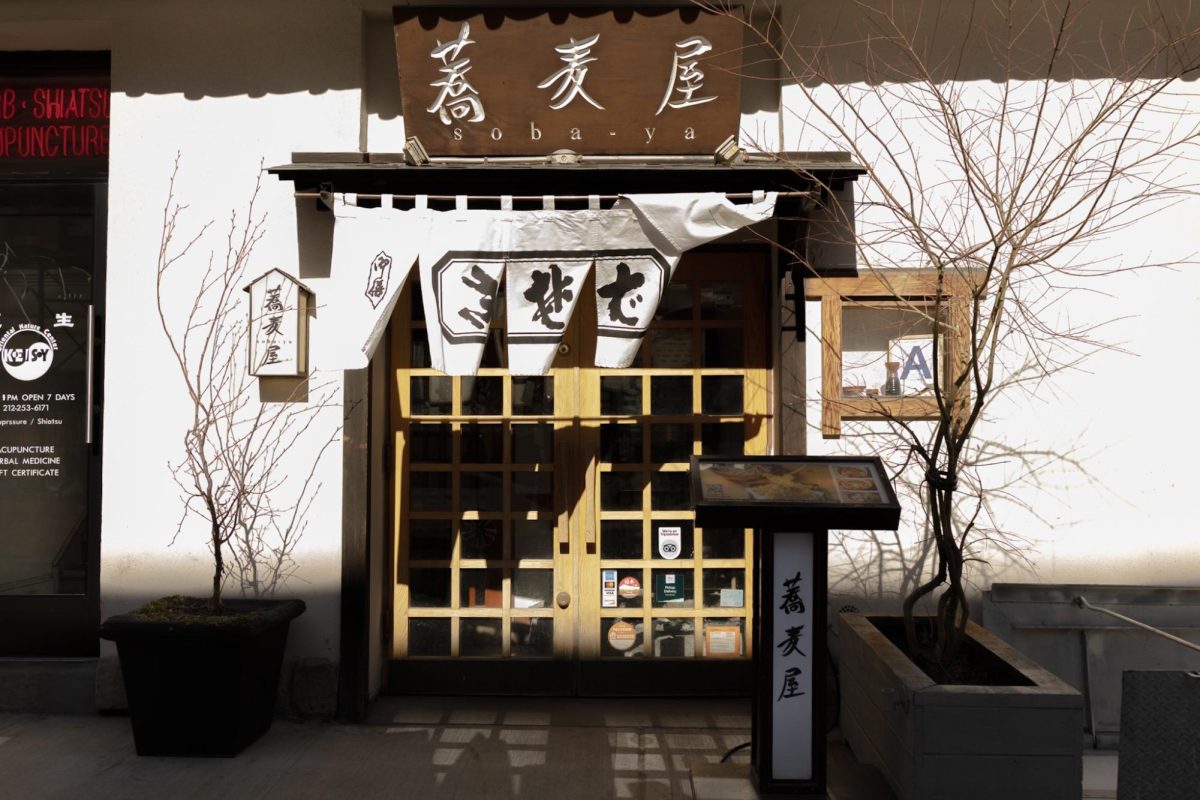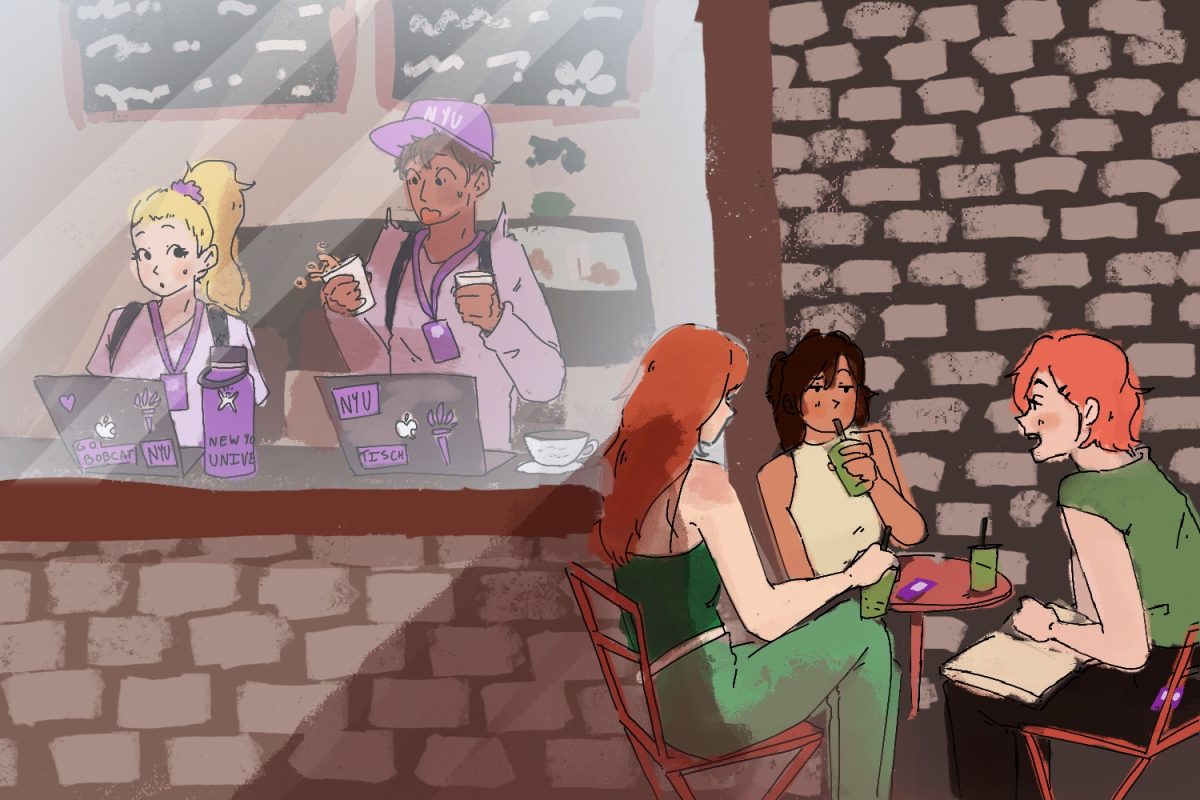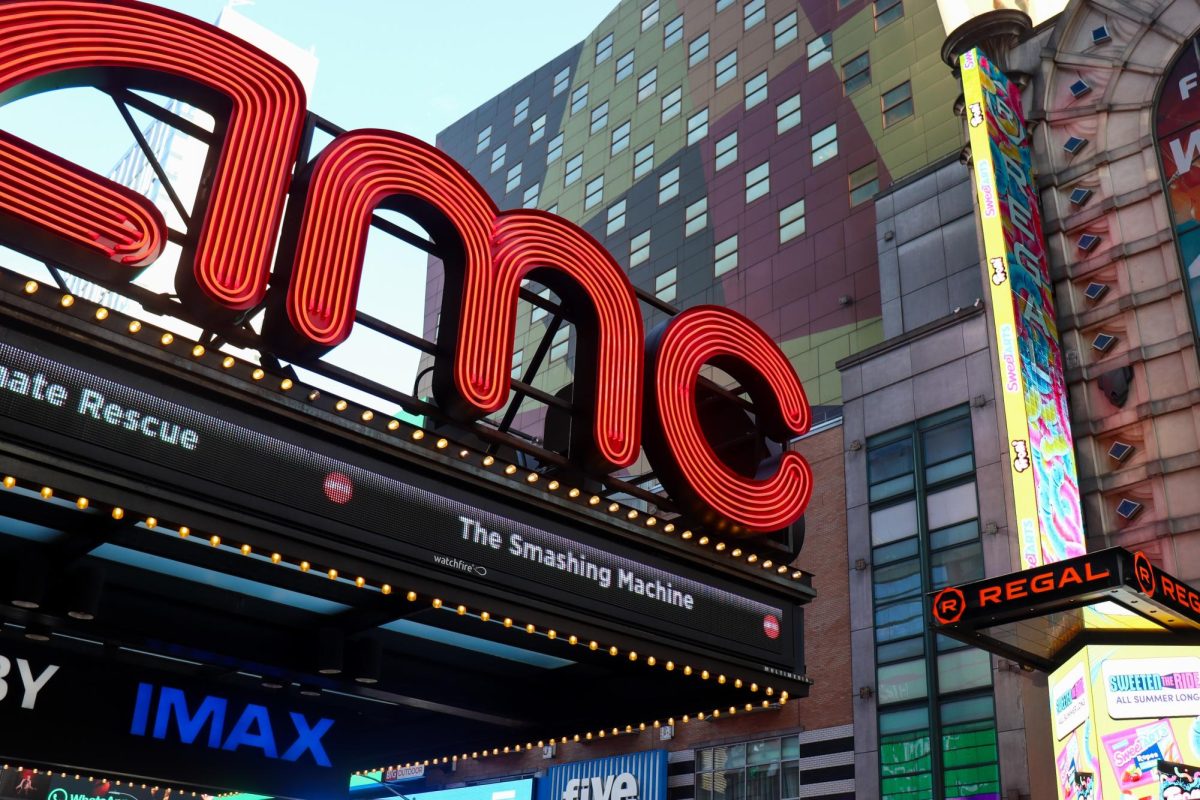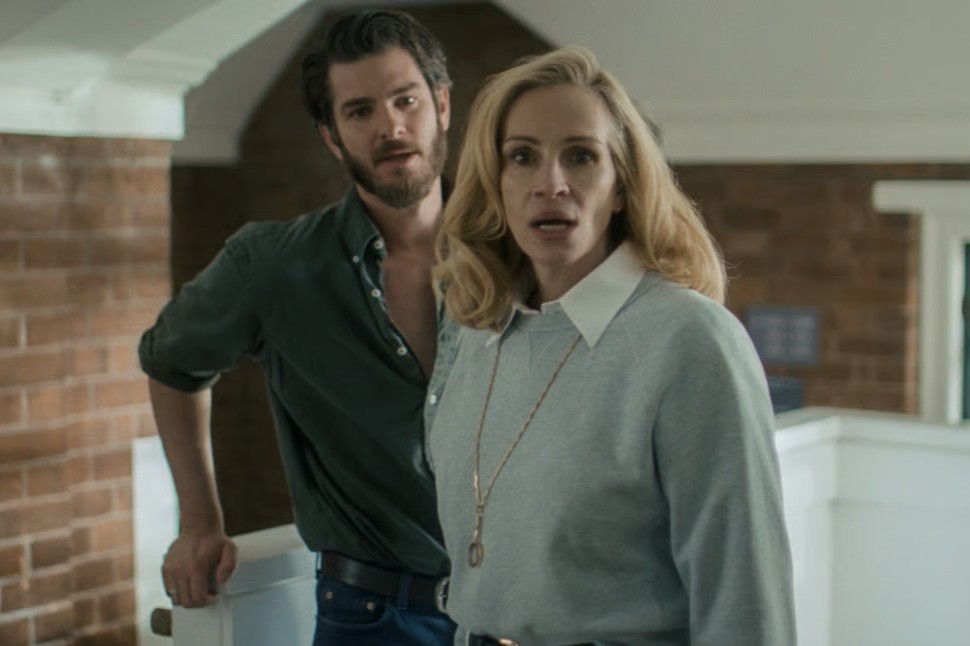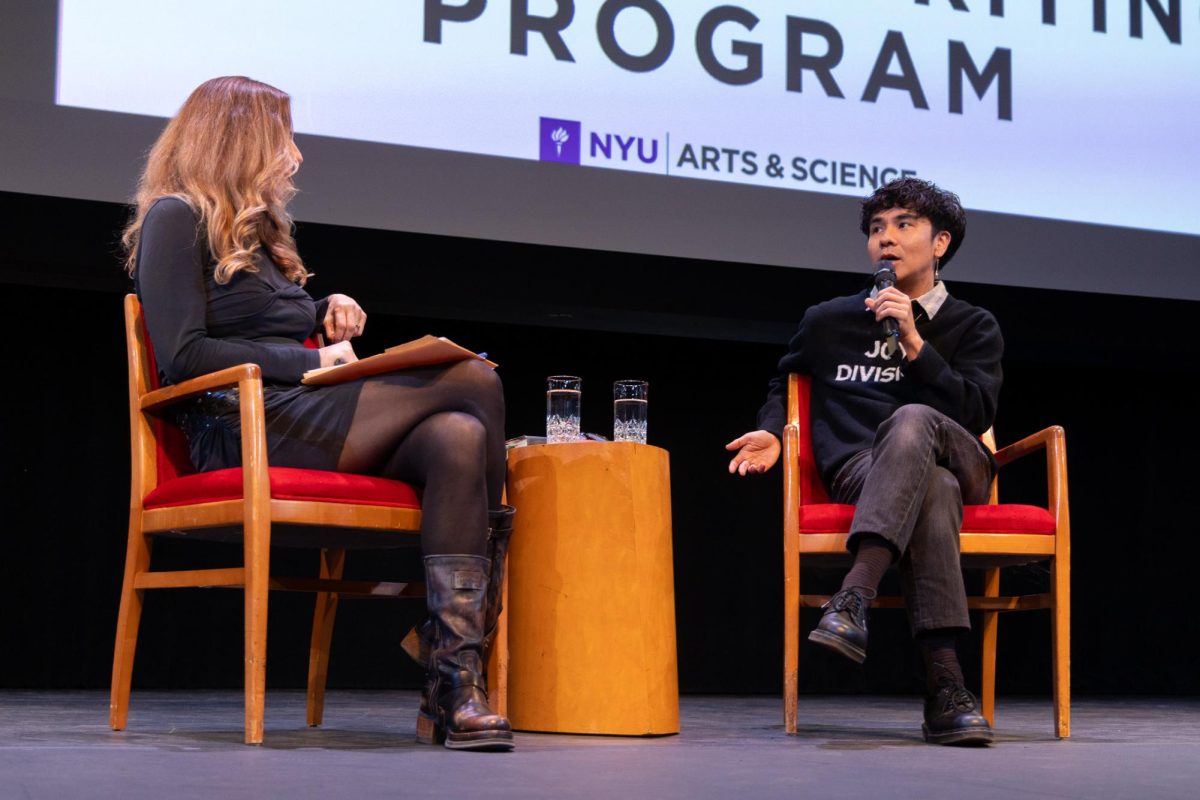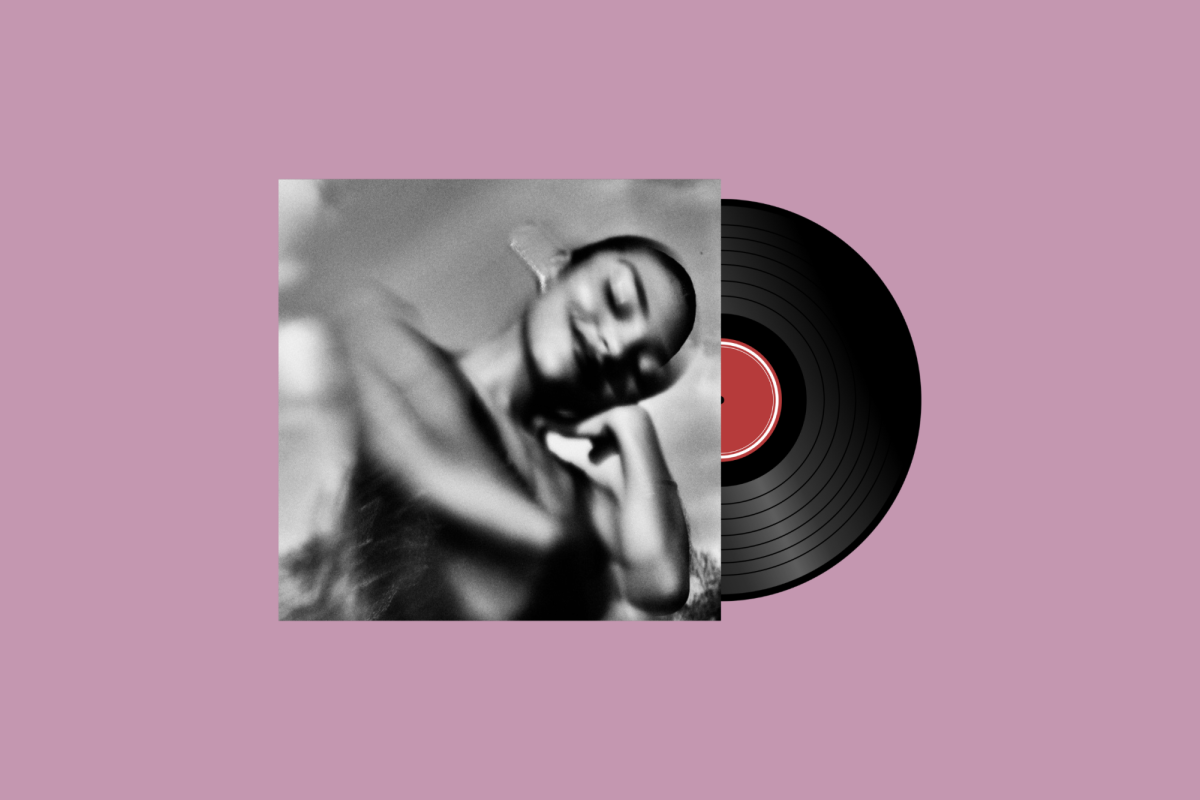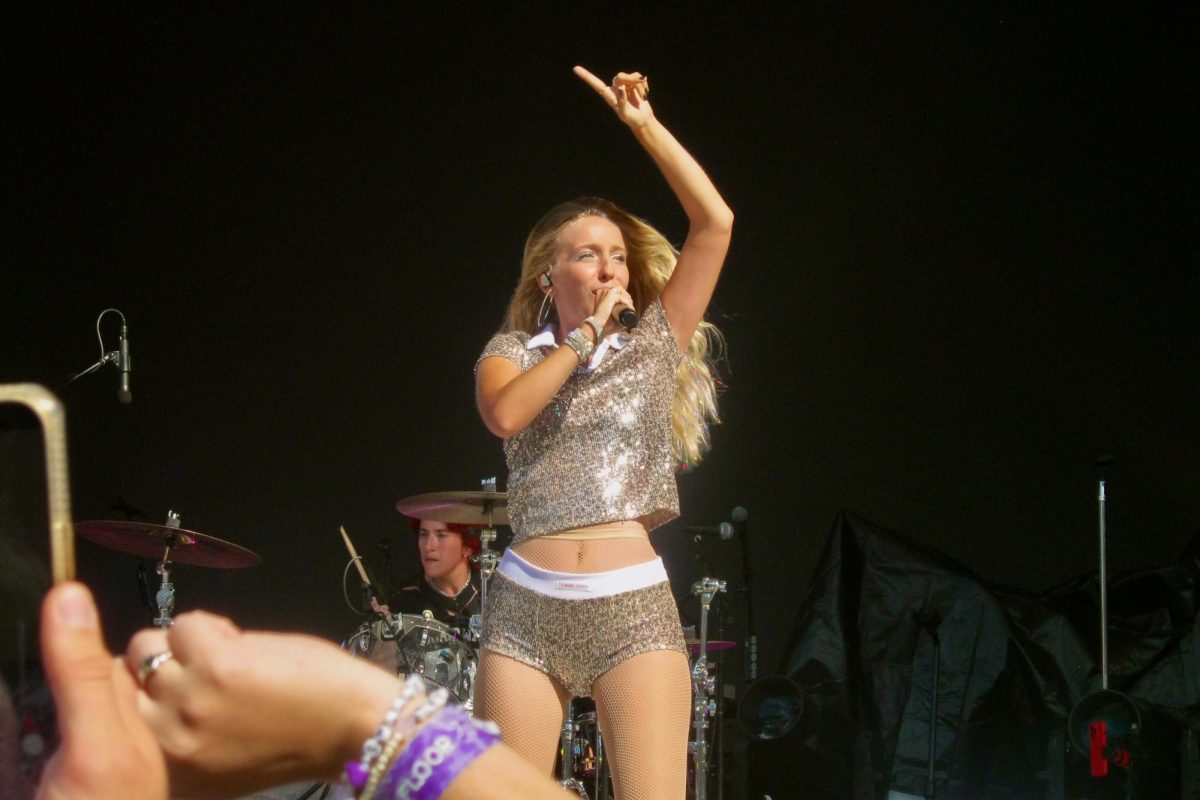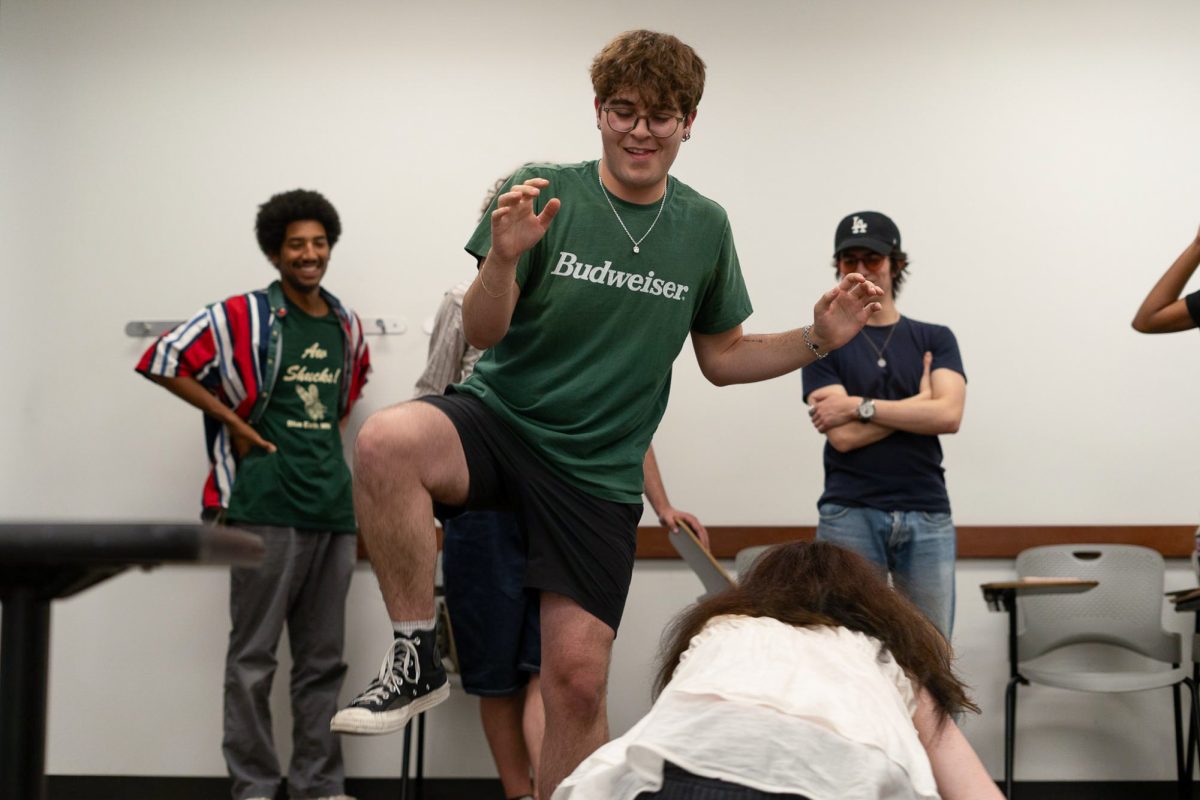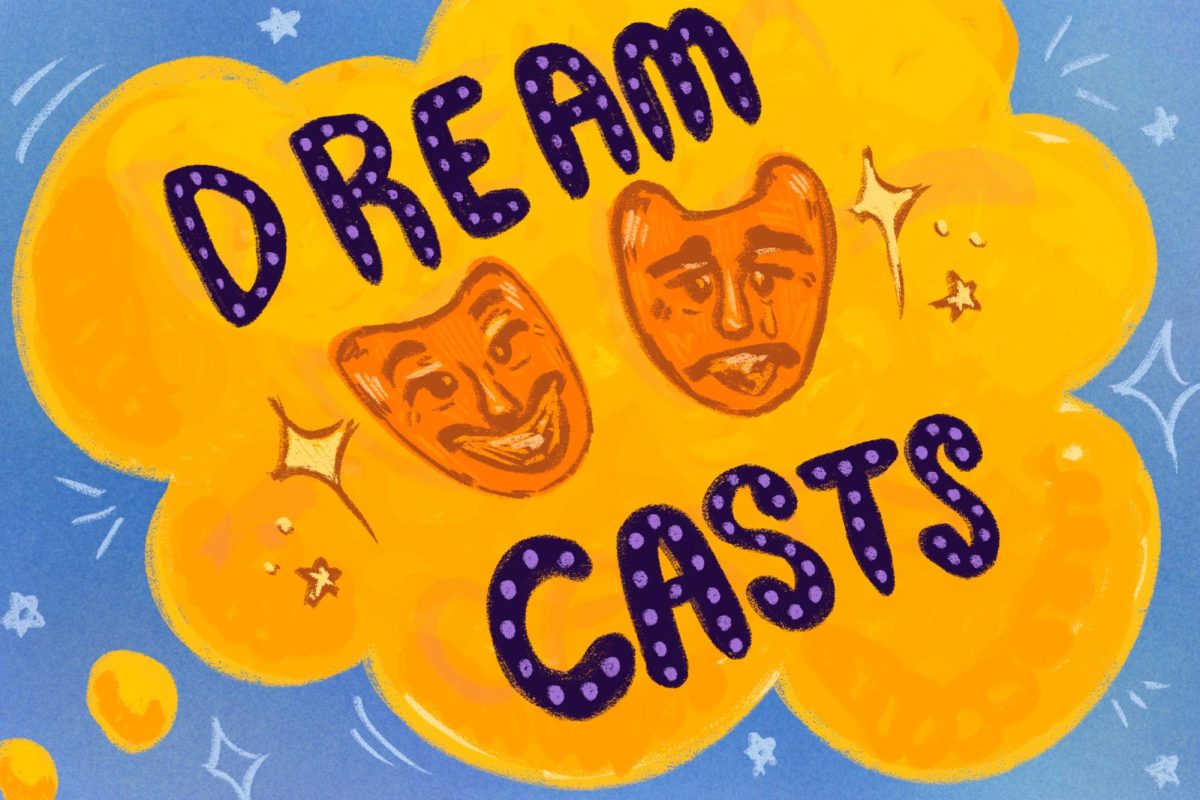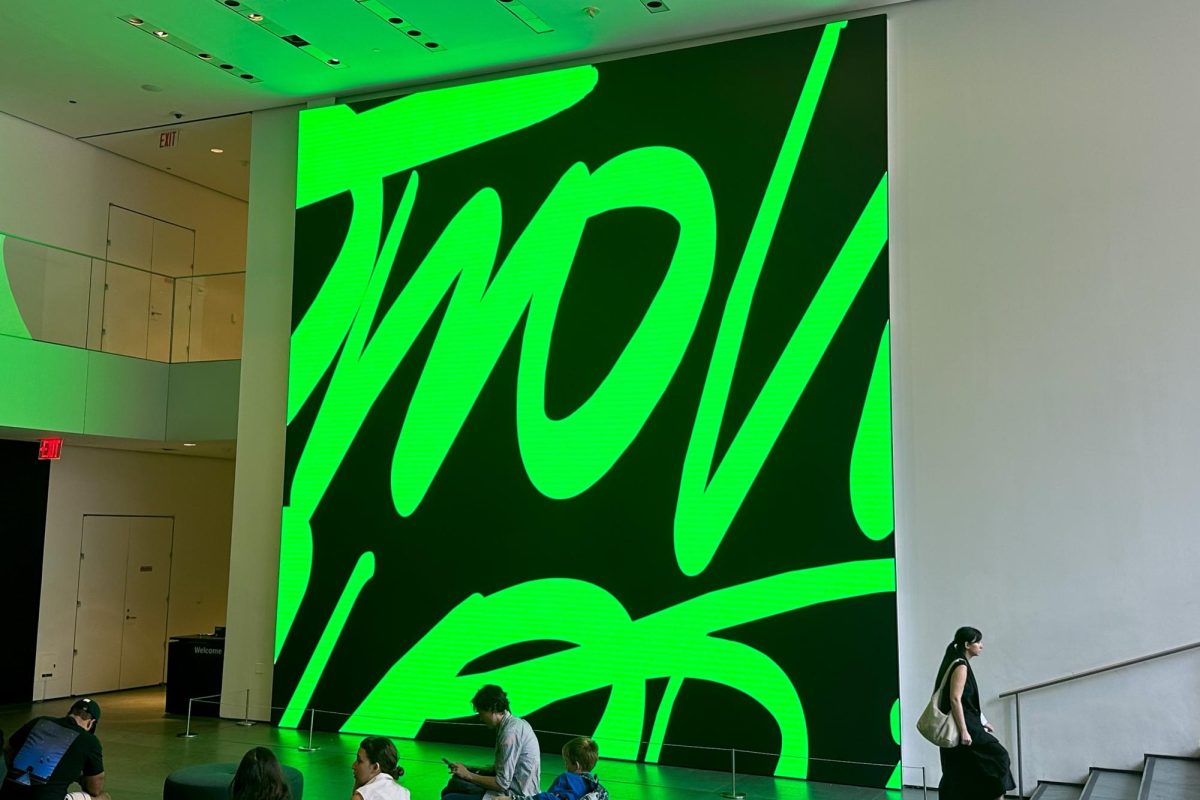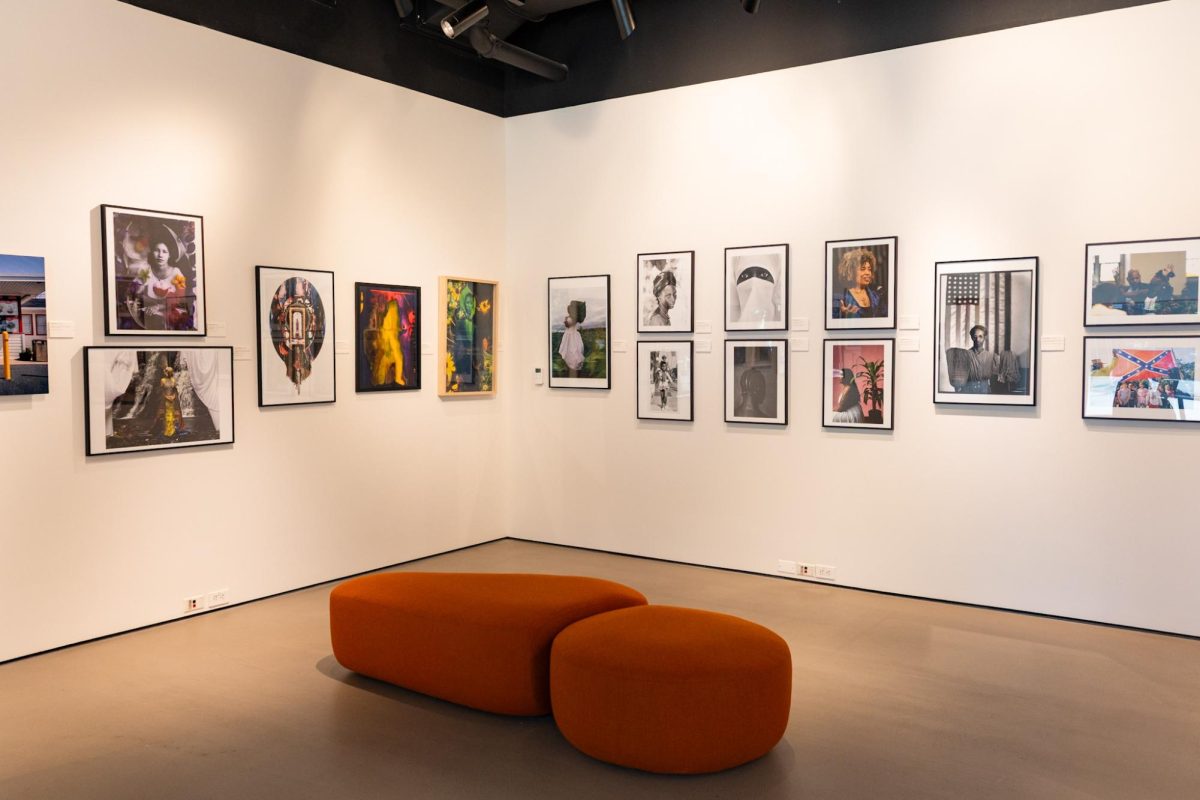What happens when a workaday plumber becomes the hottest new artist in New York City? And just how readily will a downtown gallery’s posh patrons be convinced that a slipshod mess of pipes is speaking to the essence of the human condition?
“Catapult!” — a new two-act play currently running at Theater for the New City, written by Matthew James Fitzgerald and directed by Tony White — attempts to answer these questions and many others. In doing so, it explores the gleeful subversion of power dynamics that occur when plumber Tyrus Gambry (Robert Lunde) is catapulted into the politics and pretensions of New York’s gallery scene.
The set, designed by Mark Marcante, places us in an immediately recognizable space. White walls and marble pedestals display a variety of paintings and sculptures, and a window in the upstage corner displays a West-Village-like street.
The opening scene thrusts us into chaos as Gallery Zuru, a ritzy art gallery, prepares for its opening night following a recent renovation. Amid the mayhem, Gambry pieces together a contraption of copper pipes and knobs and jokingly places it on one of the gallery’s pedestals, as if it were a part of the collection. Joan Stanchen (Erinn Holmes), a woodworker and longtime friend of Gambry, joining in on the fun, attaches a piece of lipstick-stained glass to it and christens the apparatus “Fluidic Rapture.” It is a jumble of trash and yet also a perfect emulation of a work of contemporary conceptual art.
When wealthy patron Claire Shackleford (Catherine Hennessy) spots Gambry’s creation, she demands to have it. Gallery owner Rudolph Zuchert (Kloeffler) scrambles to cultivate a persona for Gambry, transforming him from New York plumber into misunderstood art school dropout. He’s tricked out in an oversized suit, multi-colored sneakers and a polka-dot tie (costume design by Carolyn Adams) — the perfect balance of blue-collar worker and whacky visionary.
“You look so normal!” Claire proclaims upon meeting him, “Now I’m even more intrigued.” Following her lead, other Gallery Zuru patrons become deeply fascinated with Gambry’s rapidly expanding oeuvre.
The choice to double cast the construction workers as the artists and patrons attending the gallery showings transposes the oft-ignored into positions of authority and draws parallels between individual action and systemic abuses of power.
While we may have rightfully found ourselves judging the vulgarity of the construction workers in the opening scenes, the later ones remind us to channel more of our outrage toward the producer as opposed to the consumer. In the opening scenes, the workers have lewd appraisals of leaked photos of Upper East Side heiress Celeste Shackleford (Kate A. McGrath). We come to see that the real villains here are not those flipping through the tabloids, but those who profit from those photos, who sexually exploit their employees and who discuss their wives in the same way they do cars, real estate and pieces of art.
When slimy hedge fund manager Reggie Crastin (Mark Solari) makes advances on Stanchen, the play concerns itself with the reclaiming of female power. Although the #MeToo movement is never referenced explicitly in the play, the public condemnation of a powerful male figure like Crastin, whose indisrections have long been kept quiet, is undoubtedly set against the context of the movement.
By raising issues of privacy in the technological age and of sexual exploitation by the dignitaries of New York City’s elite, “Catapult!” highlights how different systems of power are inextricable. Even as Gambry and Stanchen enjoy their sudden success, they are perpetually at the whim of the market — a market that is supremely capricious, and often dictated by the predilections of a single, particularly affluent patron. As Zelda Blunt (Teri Monahan) — a distinguished yet recently struggling artist, known for her cynicism and snide humor — puts it when he whispers to Gambry, “I get the joke. Just make sure you don’t become the butt of it.”
When the press reveals that Gambry is a fraud, the revelation concerning his true identity and the circumstances under which his work was created raises questions of what constitutes art or artist, but these concepts are never really fleshed out. Instead, the subplot concerning Shackleford, as well as the takedown of Crastin, dominates the action. While these storylines are compelling in their own right, and thematically connected to Gambry’s journey, this diversion of our attention away from the central narrative and microcosmic world it occupies in some ways jeopardizes a richer examination of the absurdity of the art world itself.
Lunde and Holmes both give endearing performances as the lovable pair; other standouts include Catherine Hennessy, Mark Solari and Jerry Chapa as a seminal artist who is adamant on remaining anonymous. Some of the dialogue, however, feels stilted or over-rehearsed, and relationships between characters, like between Celeste and her father, lack rapport.
Despite its overzealousness, both in terms of plot development and of the breadth of its commentary on the modern world, “Catapult!” certainly delivers an imaginative story that is often hilarious, uplifting and certainly topical. It’s a story that lets the underdogs gain control and has no qualms about exposing the corruption that goes on behind the shiny glass exterior of the gallery.
“Catapult!” runs at Theater for the New City, 155 First Ave., through March 10.
Email Julie Goldberg at [email protected].
















